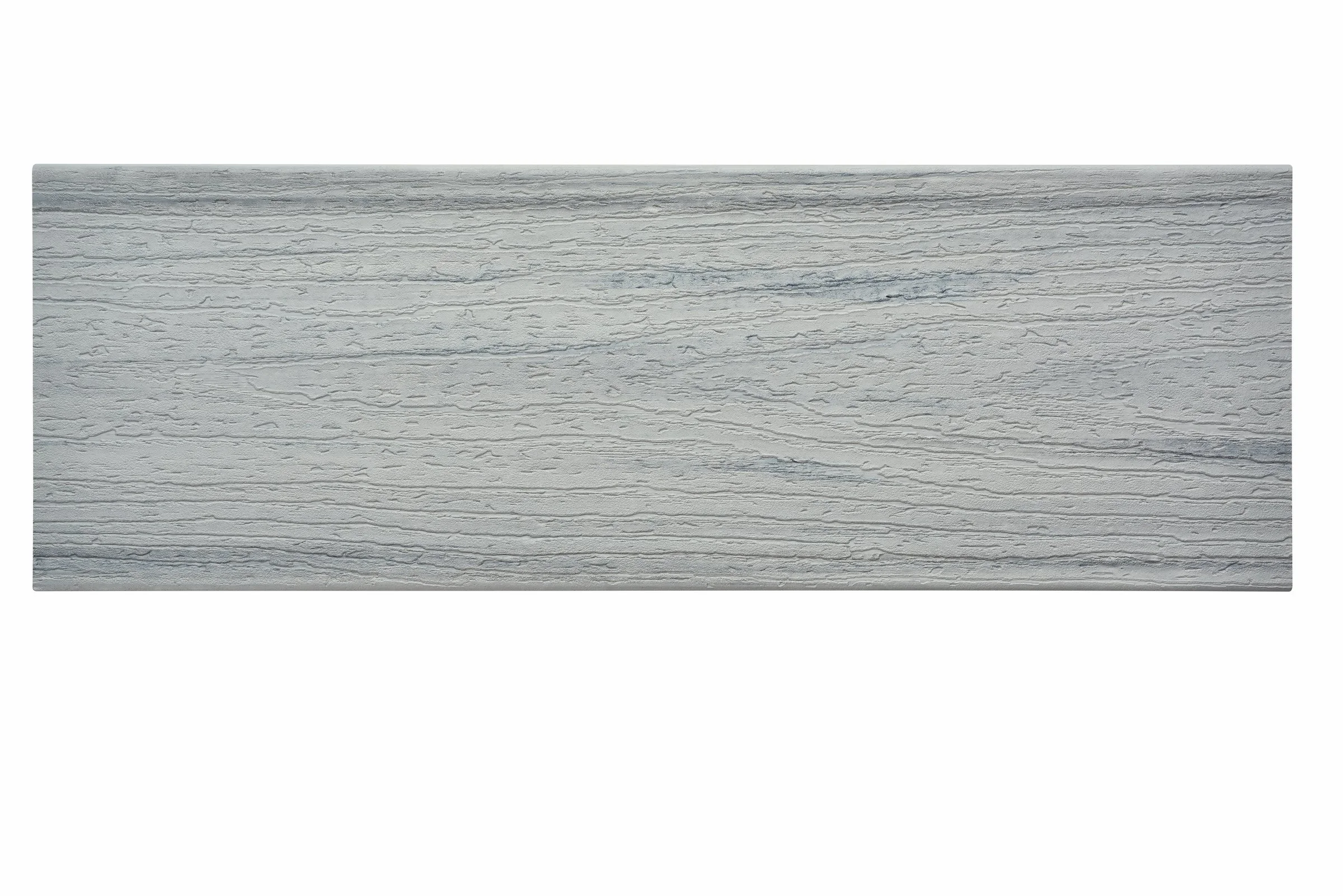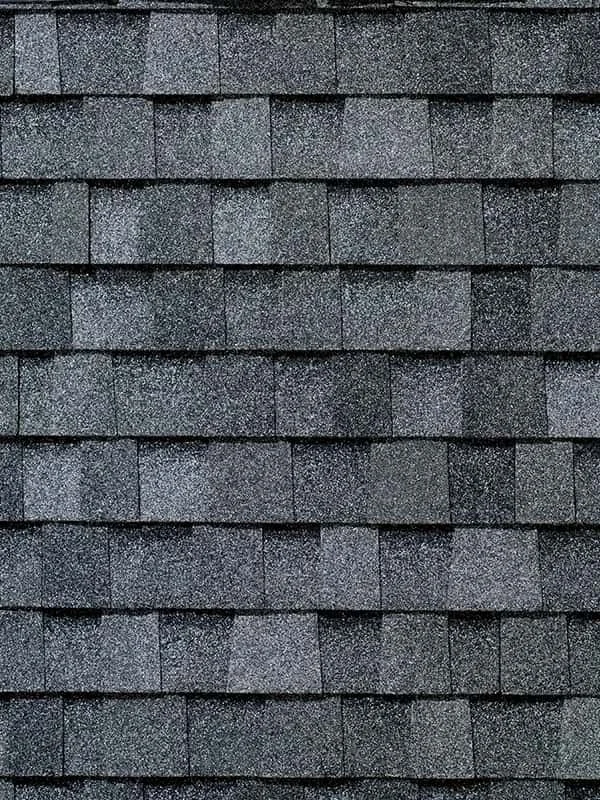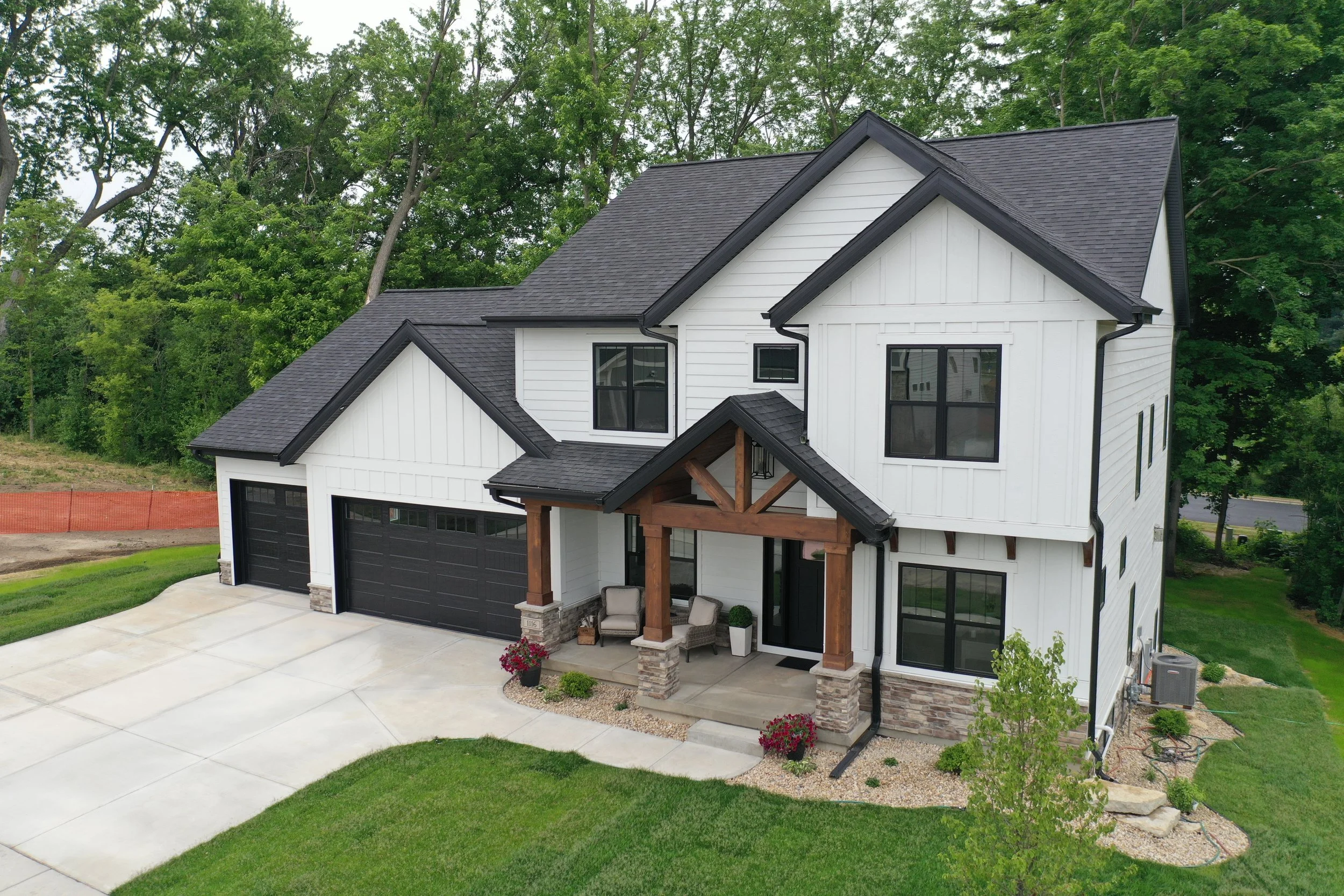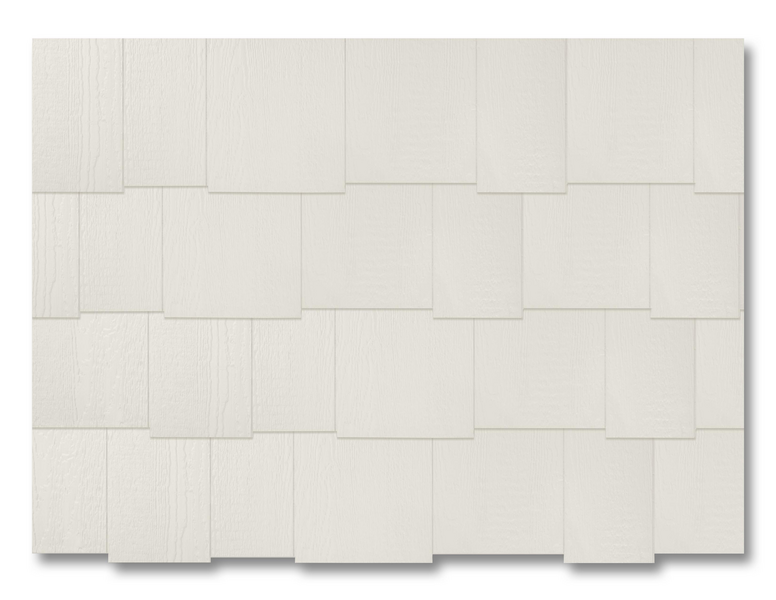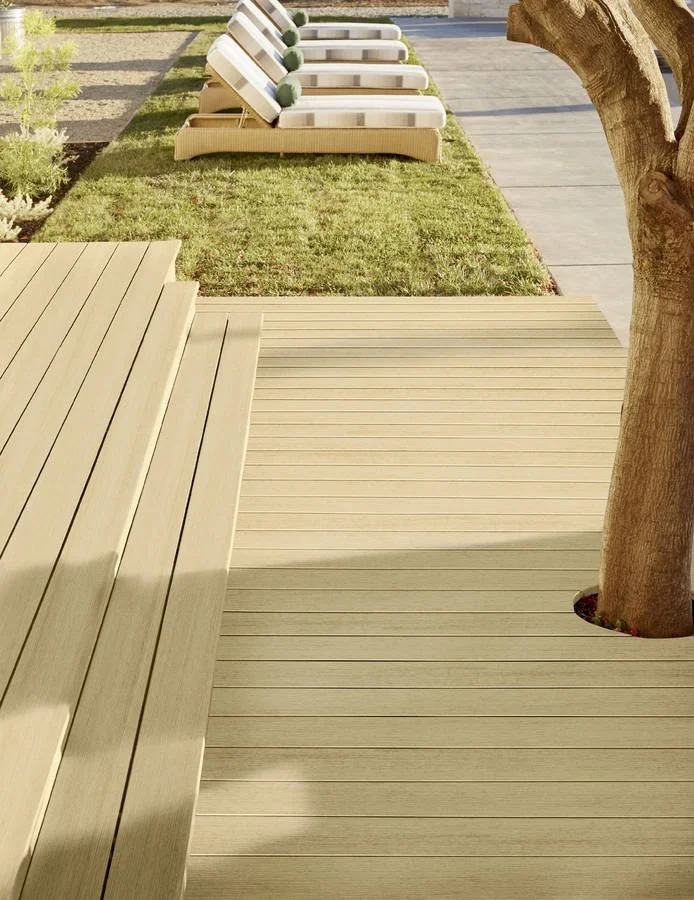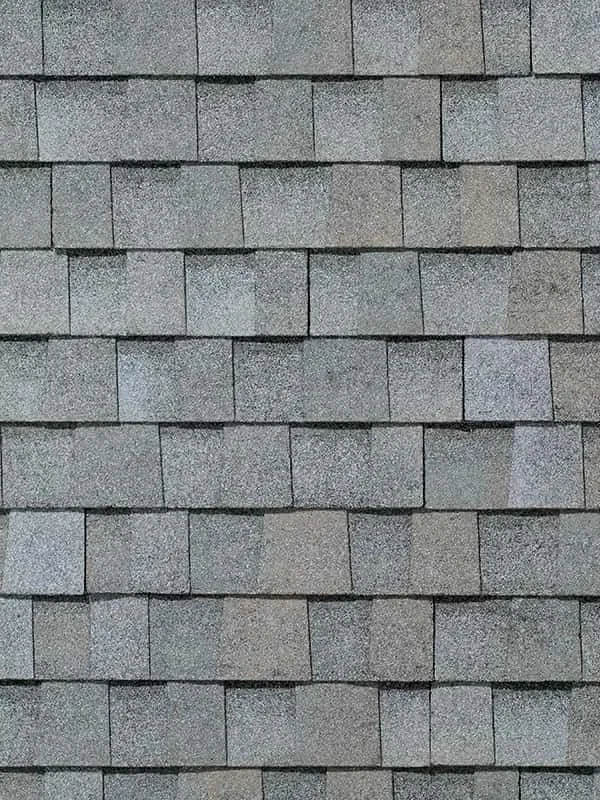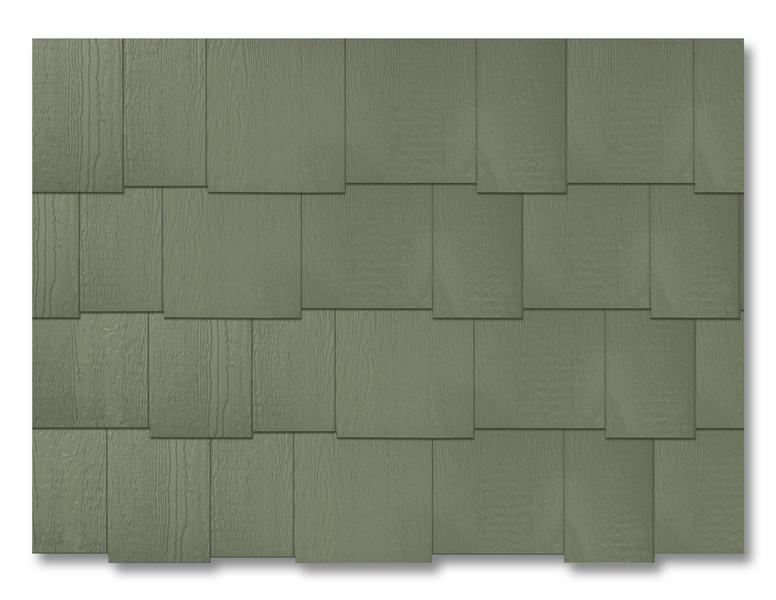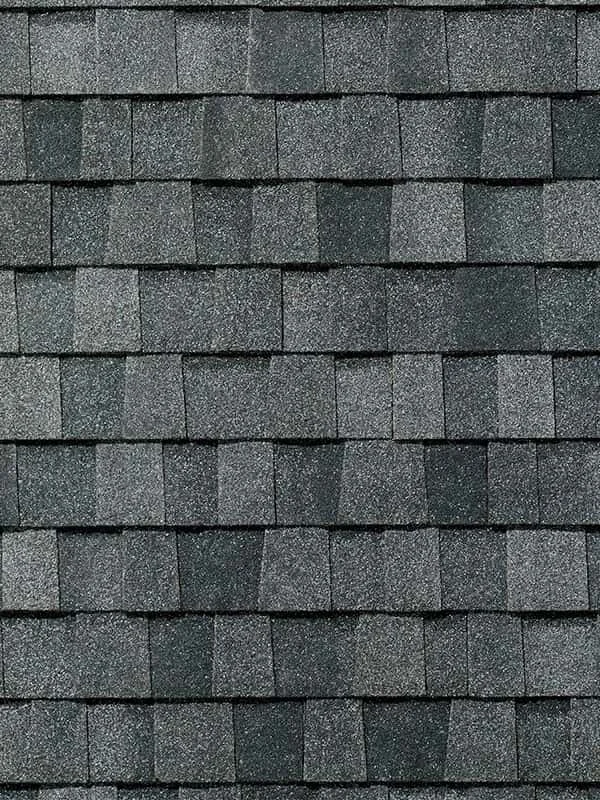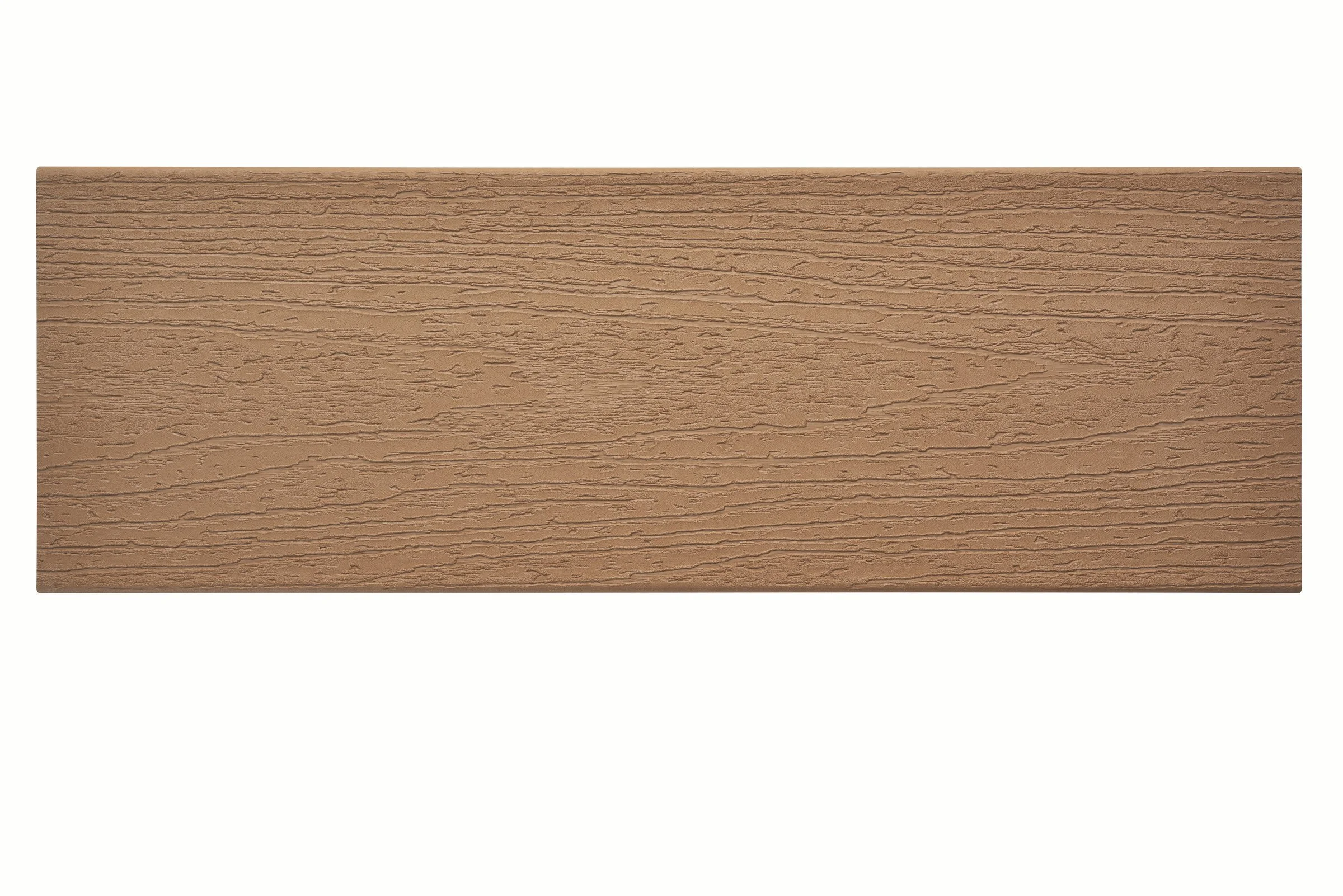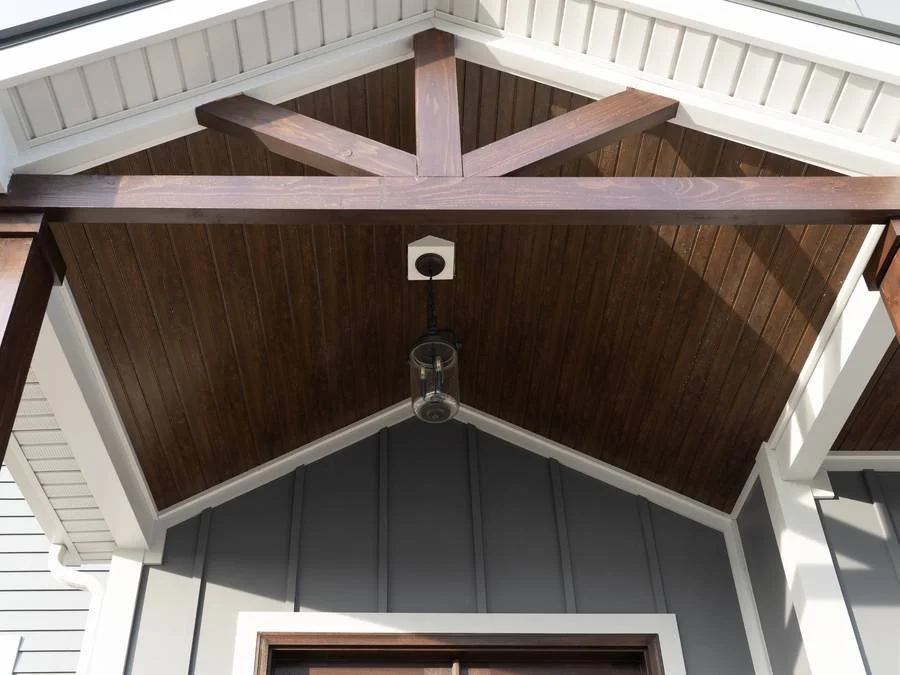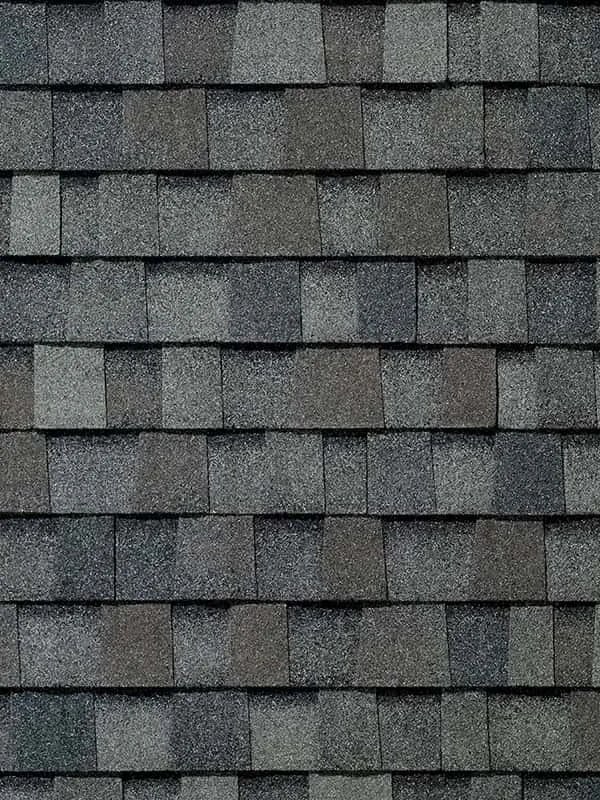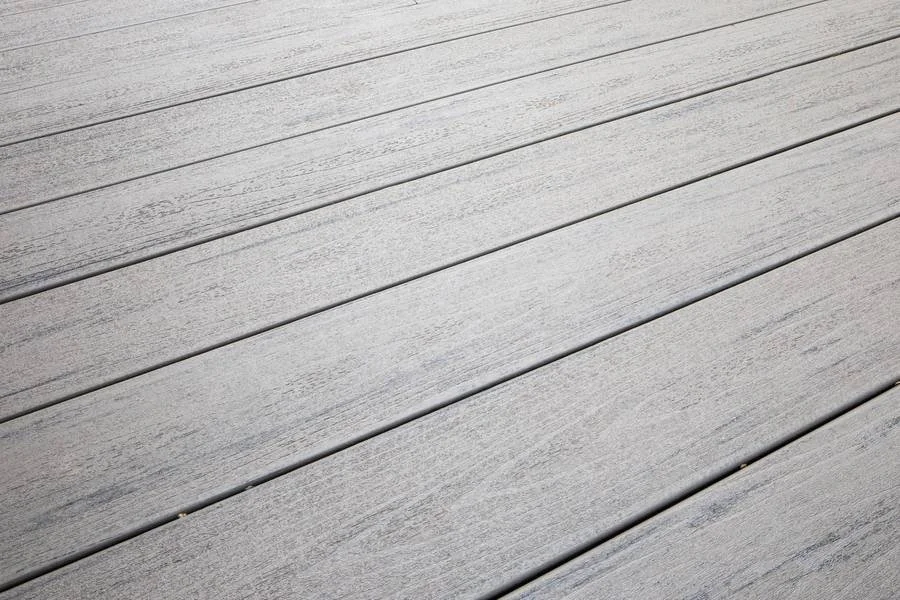Timesaving Guide to Cohesive Exterior Colors
The Other Toolkit Series: Part 1
Choosing the right exterior materials isn’t about trends — it’s about creating projects that look sharp, last longer, and make decision-making easier for both pros and homeowners. Whether you're a builder, remodeler, or contractor managing a multifamily development, matching exterior material colors the right way saves time, avoids rework, and builds client trust. This guide cuts through the noise: practical strategies, proven combinations, zero guesswork.
Start with Your Main Exterior Finish
Before you get lost picking trim colors or porch railings, choose your main exterior finish — the surface that drives the entire look.
Pick your anchor:
Siding Style or Material (Example: Traditional Lap, board and batten, stone, etc.)
Decking
Roofing
Lock down the main exterior finish, and every other color falls into line.
Pro Tip: Always Get Samples. Guessing gets expensive. Page Lumber carries a variety of siding, decking, and stone samples — and can order specialty materials direct from trusted brands. Get physical samples and check them in natural light before finalizing any exterior color palette.
Five Go-To Exterior Styles
These five classic exterior styles are reliable, recognizable, and easy to pull off with materials from our trusted brands. These styles give you a solid foundation to build from.
Classic Americana
Siding: Navy Lap Siding
Accent: Red Brick
Trim: White
Modern Farmhouse
Siding: White Board & Batten Siding
Accent: Black Framing & Natural Wood
Trim: White / Black
Warm Cottage
Siding: Cream Siding
Accent: Light Wood or Light Grey
Trim: White or Cream
Trending Garden Sage
Siding: Sage Green Siding
Accent: Light Brown or Light Grey Stone
Trim: Cream
Rustic Craftsman
Siding: Warm Grey Siding
Accent: Stone Base & Wood
Trim: White / Black
Fast Color Matching Rules
Main + Natural: Bold siding paired with real materials like stone, brick, or wood.
Cool Base + Warm Accent: Grays/blues offset by wood decks or brick bases.
Tone-on-Tone: Layer shades from the same family for a tight, professional finish.
Neutral Trim Every Time: White, cream, or soft gray anchors everything.
Two Texture Rule: Break up surfaces with lap siding, board and batten, or shingles.
Pro Tip: Stick within the same undertone family (cool vs. warm), and your siding, decking, and accent choices will flow naturally without needing endless samples and approvals. Keeping your crews moving and your clients happy.
Why Wood is the Ultimate Color Match
Natural wood tones are the great equalizer. They work across styles, across palettes, and across decades. Whether you're dealing with a modern build or a rustic remodel, wood brings a level of depth and cohesion that manufactured color often can't.
Wood warms up cool palettes like navy, gray, and sage without clashing.
It adds organic texture and richness against stone or brick.
It connects high-contrast color schemes with a grounding, earthy element.
Even one well-placed natural wood beam, soffit, front door, or deck can visually anchor an entire home. Think of wood as the connector that ties multiple materials together into one unified look.
Pro Tip: If you're worried a palette feels cold, flat, or slightly "off," introducing natural wood is one of the fastest ways to fix it.
Summary
Start with your main exterior finish.
Match siding to masonry first, then trim.
Use daylight — never trust showroom lights.
Natural materials fix small mismatches better than paint ever will.
Simple beats complicated every time.
Exterior material color matching isn't about showing off — it's about getting it right, fast, and for good.
Start smart, match clean, and ground your designs with wood and stone.
Stay tuned for The Other Toolkit Series: Part 2, where we’ll cover how patterns, materials, and textures shape the full style of any home — and Part 3 on picking the perfect front door pop.



